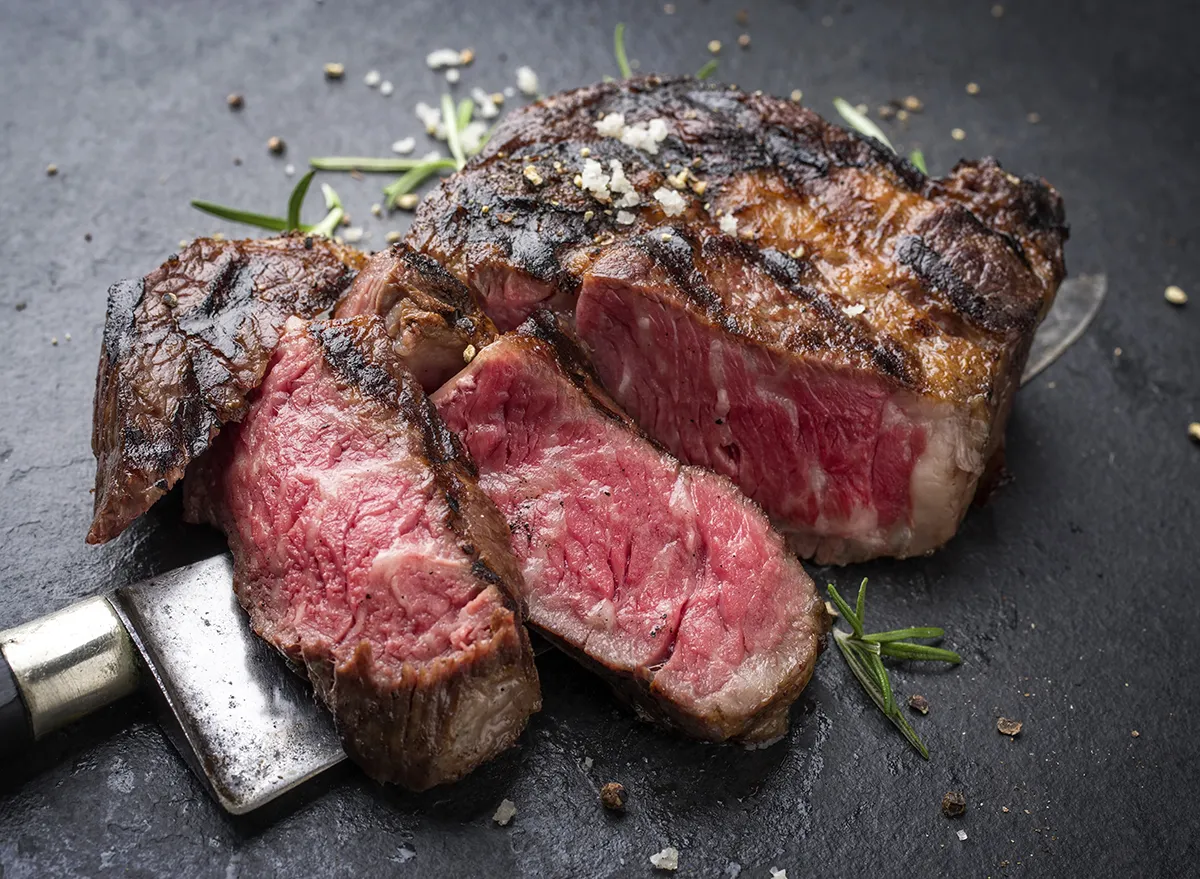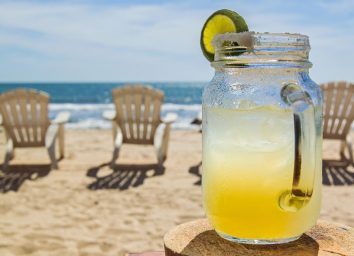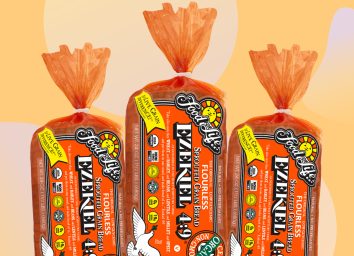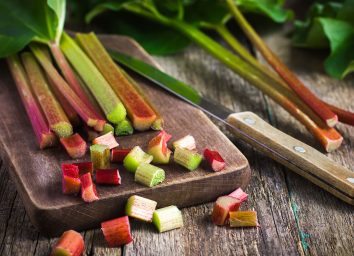What Is Wagyu Beef, and What Makes It So Expensive?

If you've seen Wagyu beef on a menu before, you probably have seen how expensive it is. So what is Wagyu beef? To understand the fundamentals of Wagyu beef, first you need a quick lesson in the Japanese language. When translated, "Wa" means Japanese and "gyu" means cow—literally, Wagyu just means Japanese cow.
So why exactly do Japanese cows cost so much more than the price of their American counterparts?
According to the American Wagyu Association (AWA), the genetic makeup of Wagyu breeds of cows diverged from other cows as much as 35,000 years ago. This strain was bred to have most intra-muscular fat cells, providing an easy-to-access energy source. This isolated strain was mixed with other cow breeds from around the world. The final genetic mixing ended in 1910, resulting in the modern strain on Wagyu beef that we know today.
While Wagyu is far from new, its popularity in countries outside of Japan, including America, has boomed in recent years. The value of Japanese beef exports has risen 200 percent in the past five years. Here's everything you need to know about this cut of beef.
Why do people like Wagyu so much?
Wagyu beef quality is considered by four categories, says Todd Brazile, executive chef for Sodexo at Space Center Houston: Marbling, color and brightness, firmness and texture, and the quality of the fat.
You can expect Wagyu beef to be more tender and juicier than standard beef, with a nice buttery flavor, he says. Quality Wagyu has marbling, the streaks of fat that run throughout beef, within the muscle and not just around the outer edges.
"The fat is special, too—melting at a lower temperature, so that a mere perfect sliver of raw product will literally melt on the tongue, providing pure unadulterated happiness and bliss," Brazile says.
Unlike many kinds of red meat, which have gotten a bad reputation for being less diet-friendly than white meat or fish options, Wagyu beef is actually heart-healthy, Brazile says. This makes it a great option for diners who are in the search of quality beef, without wanting to ruin their heart-healthy way of eating.
"The mono-unsaturated to saturated fat ratio is higher in Wagyu than in other beef, and the saturated fat contained in Wagyu is different," he says.
Why is it so expensive?
Wagyu beef can cost up to $200 per pound, and the cows themselves can sell for as much as $30,000, usually at an auction, Brazile says. That compares to the typical cost of an American cow that is closer to $1,500.
For the consumer, that cost trickles down to a higher price tag per meal. At American Cut steakhouse, for example, the Miyazaki Wagyu costs $24 per ounce, compared to the filet mignon price of $52 for 8 ounces, or $6.50 per ounce.
"It is expensive due to the manner in which the cows were raised and slaughtered," Brazile says. "The young cattle are fed milk by hand and grow up grazing on an open pasture."
According to the AWA, Wagyu production is closely regulated by the Japanese government. Genetic testing is a part of this process, and only the cows with the best genetics are allowed to stay in the reproductive lineup.
"The higher the DNA rating the more expensive," Brazile says.
Where can you get it?
While you can buy Wagyu in many Asian markets, butchers, and even some grocery stores, with something as delicate as Wagyu, it is sometimes better left to the professionals to prepare.
Brazile says that visiting a high-end restaurant that has a reputation to provide the highest-quality beef possible.
"Let the chefs work wonders for you," he says, explaining that the industry is set up to support the high-end restaurant market.
However, for the seasoned (or daring) home chefs out there, it is also possible to prepare delicious Wagyu from any kitchen.
How is it served?
To get started on cooking Wagyu, Brazile says to cut off some fat from your steaks around the edges and use it to grease your pan for the most natural flavor.
"You can use a little bit of butter and olive oil," he says. "Salt and pepper after that—that's it for a natural flavor profile. And serve and eat it medium-rare, of course."
While the preparation methods might be simple, for Brazile, the dishes you serve alongside Wagyu don't have to be.
"My personal culinary style has always been a little non-conventional, to say the least," he says. "Yet there are times when I long for more traditional food that I grew up with. So, I'll offer a mix of both options to consider for the next time you make some Wagyu yourself or are ordering some."
Among his favorites: a classic Caesar salad, bacon, and brie mashed red potatoes, Texas blue crab tower with cilantro caviar, and shaved Brussel sprouts. To drink, Brazile recommends sticking with porters and stouts for the beer, though whiskey, white wine, and martinis make a fine pairing as well.
"Put simply, I love Wagyu beef," Brazile says. "Great beef never disappoints!"








